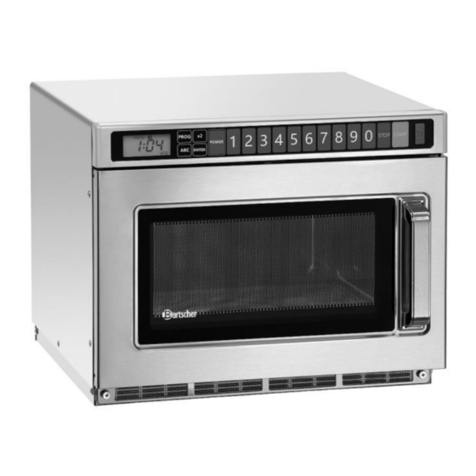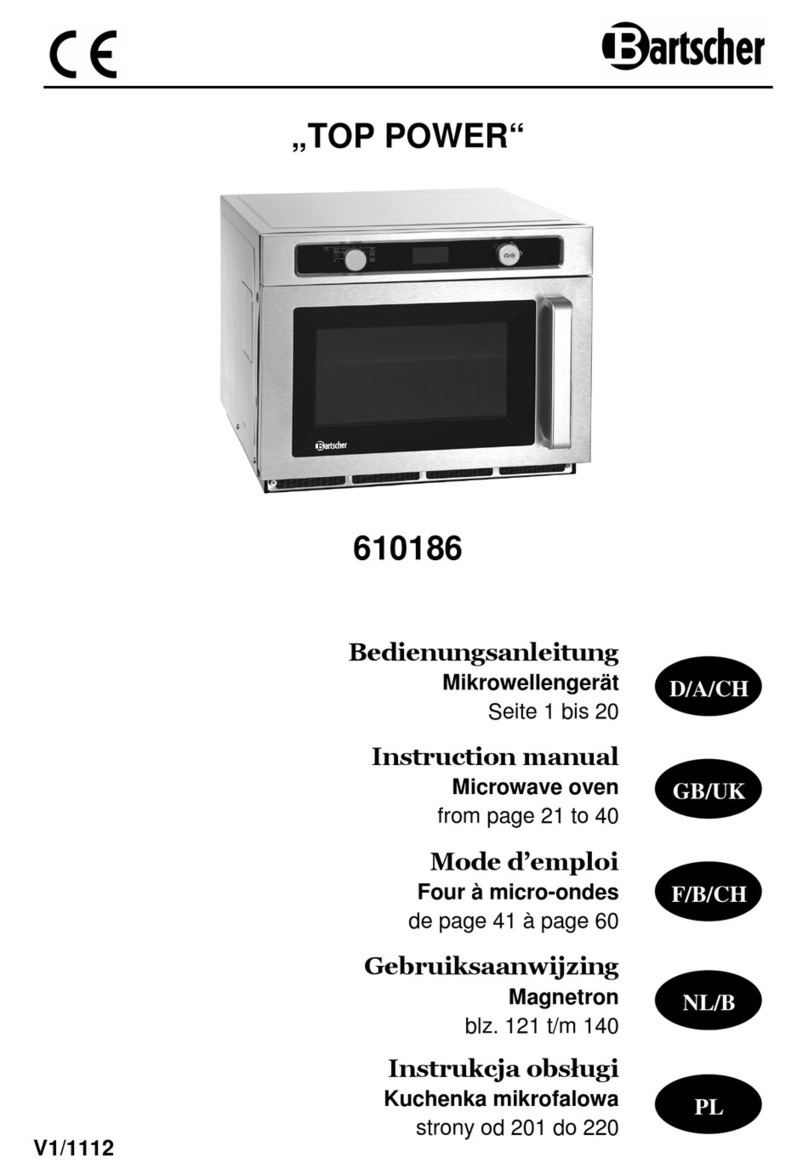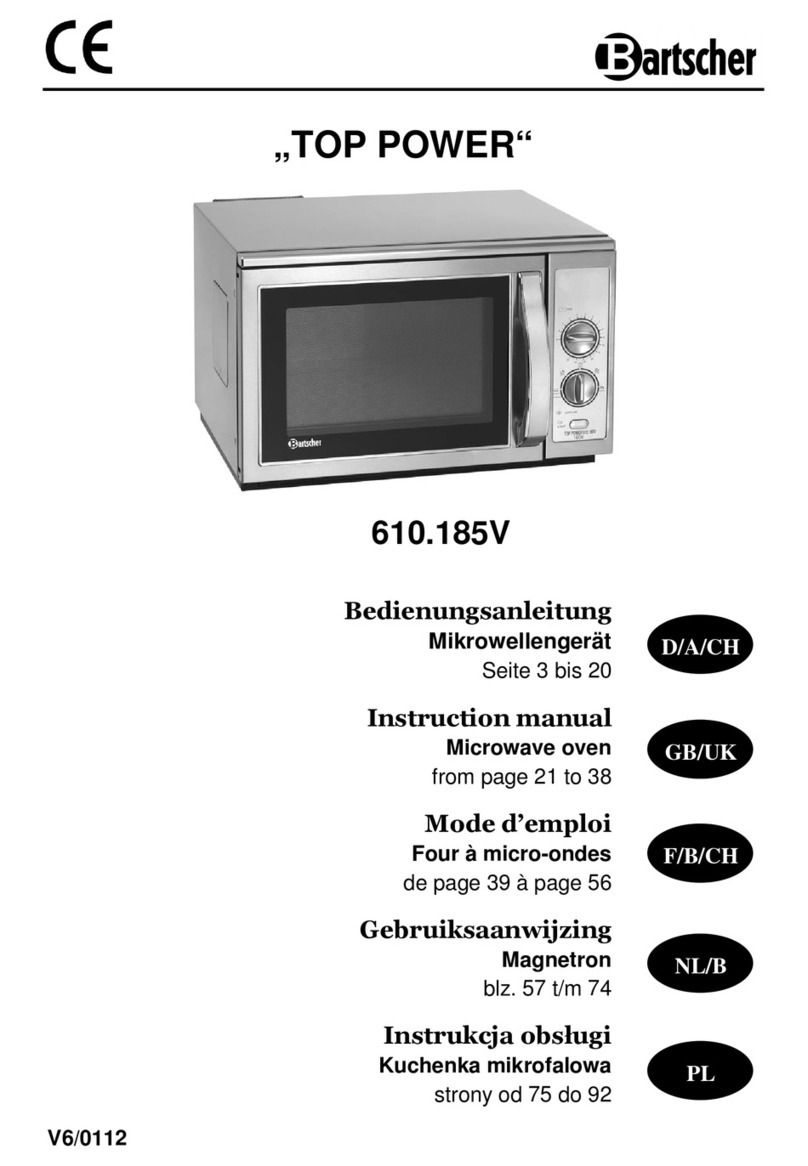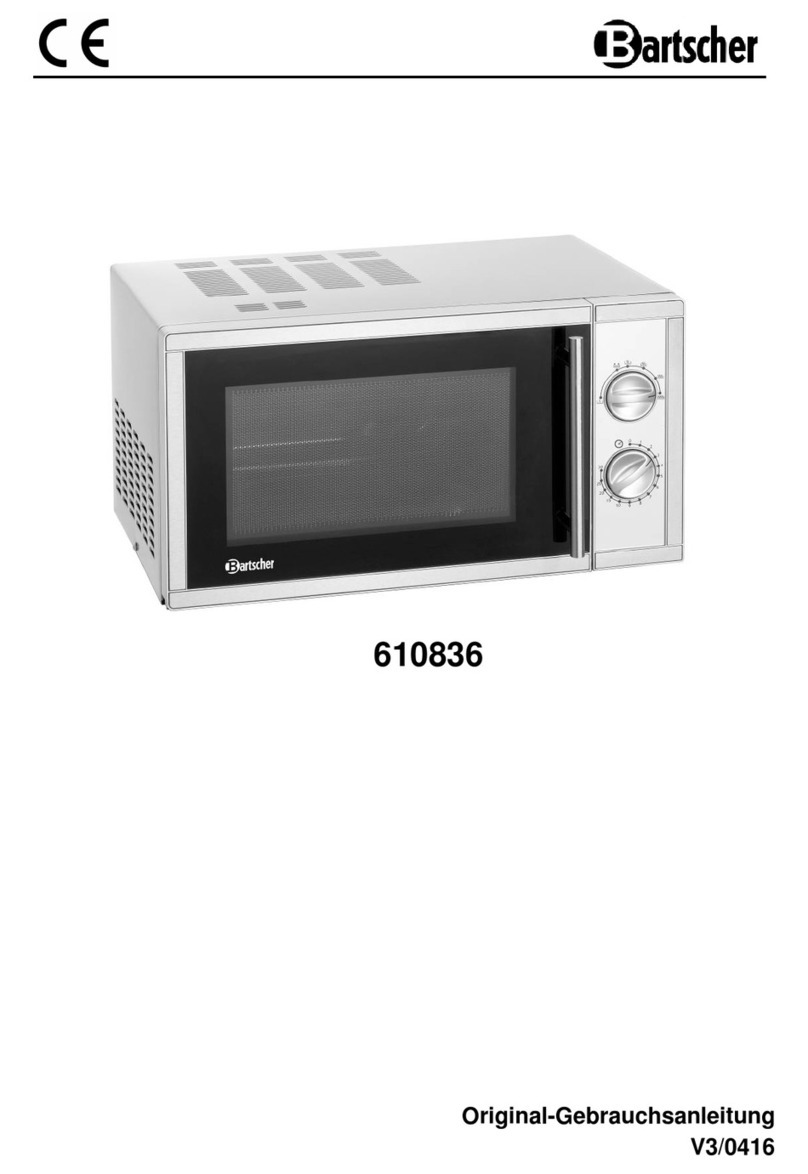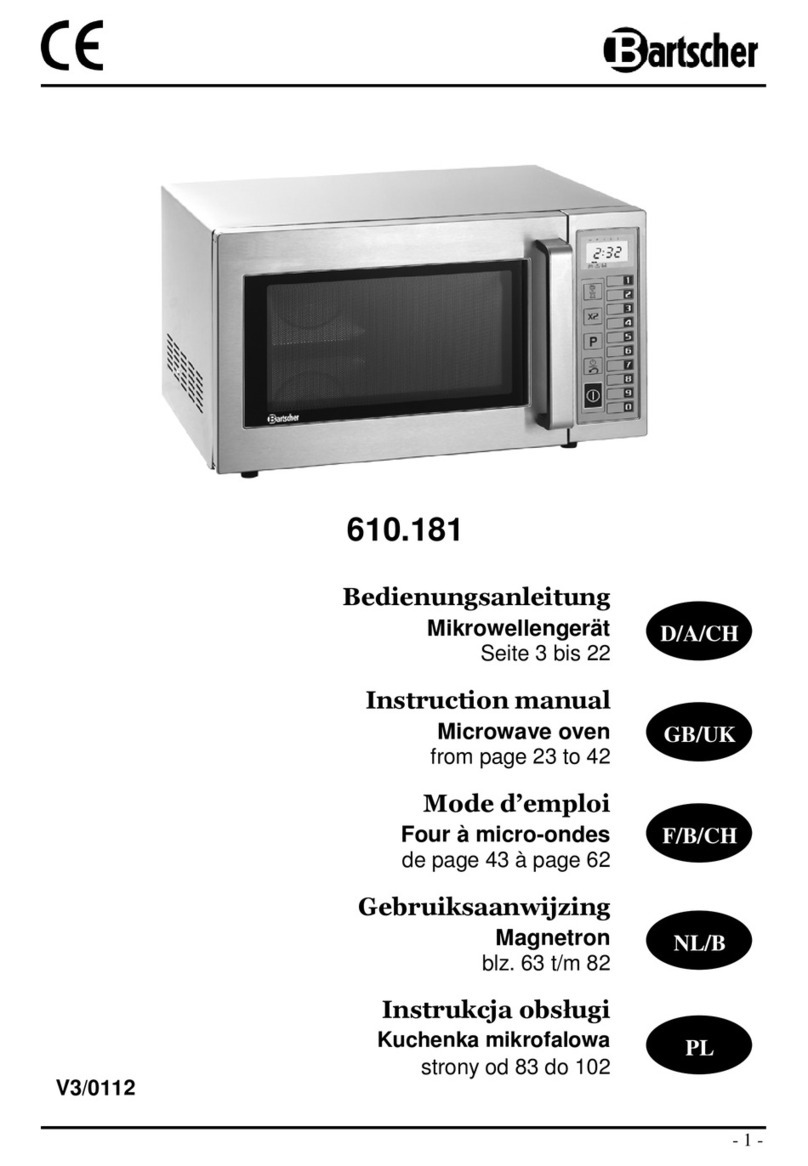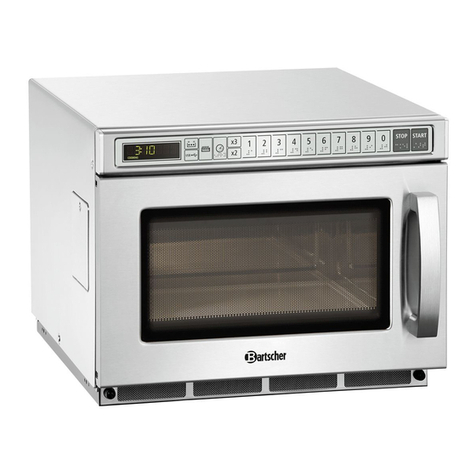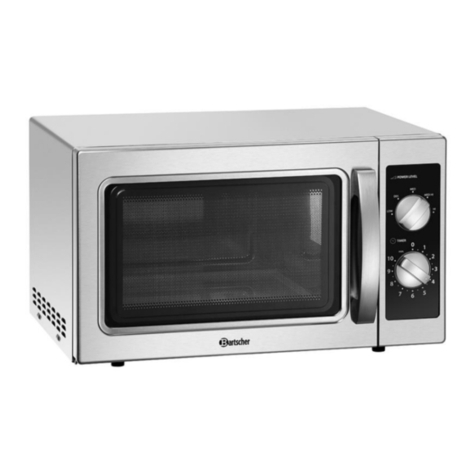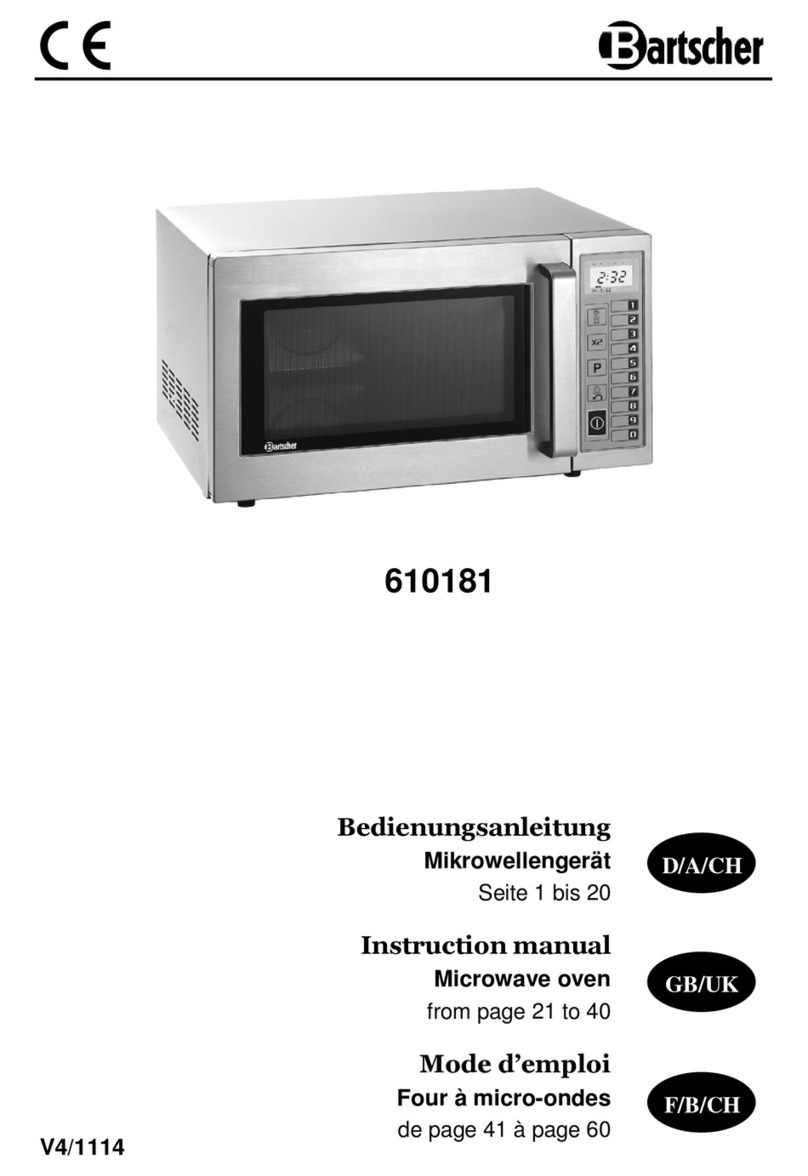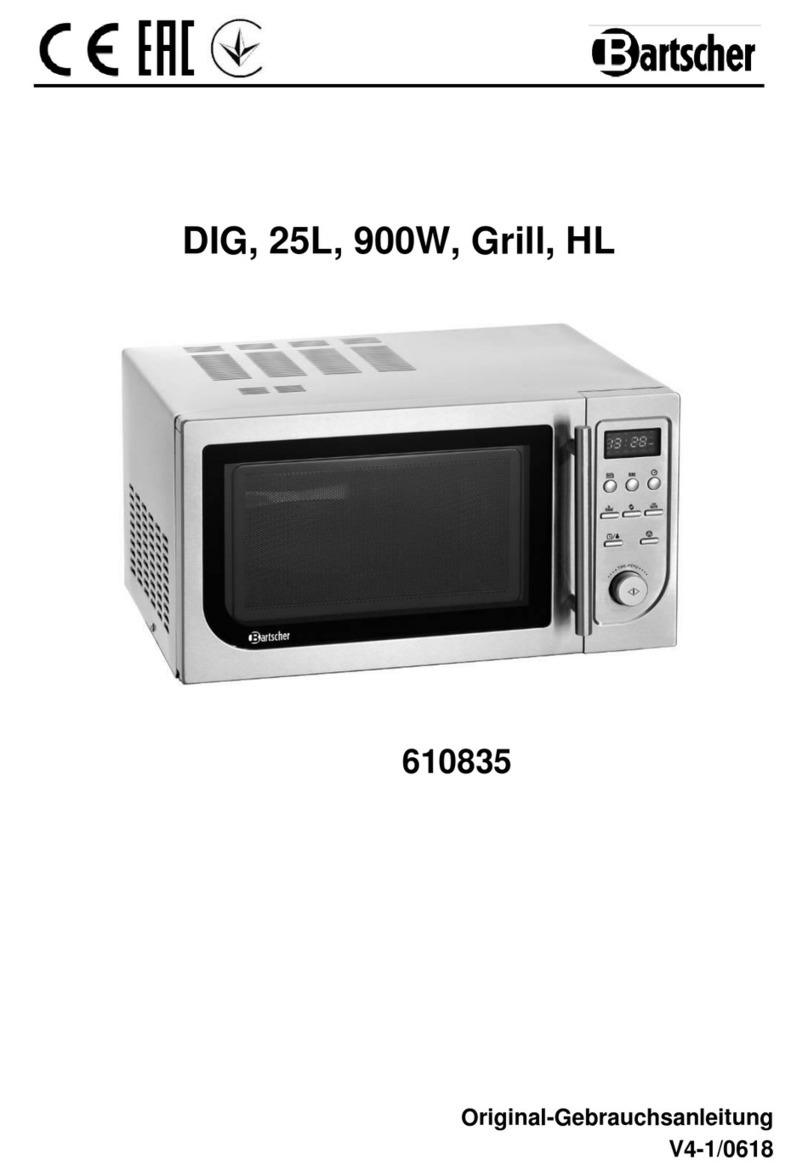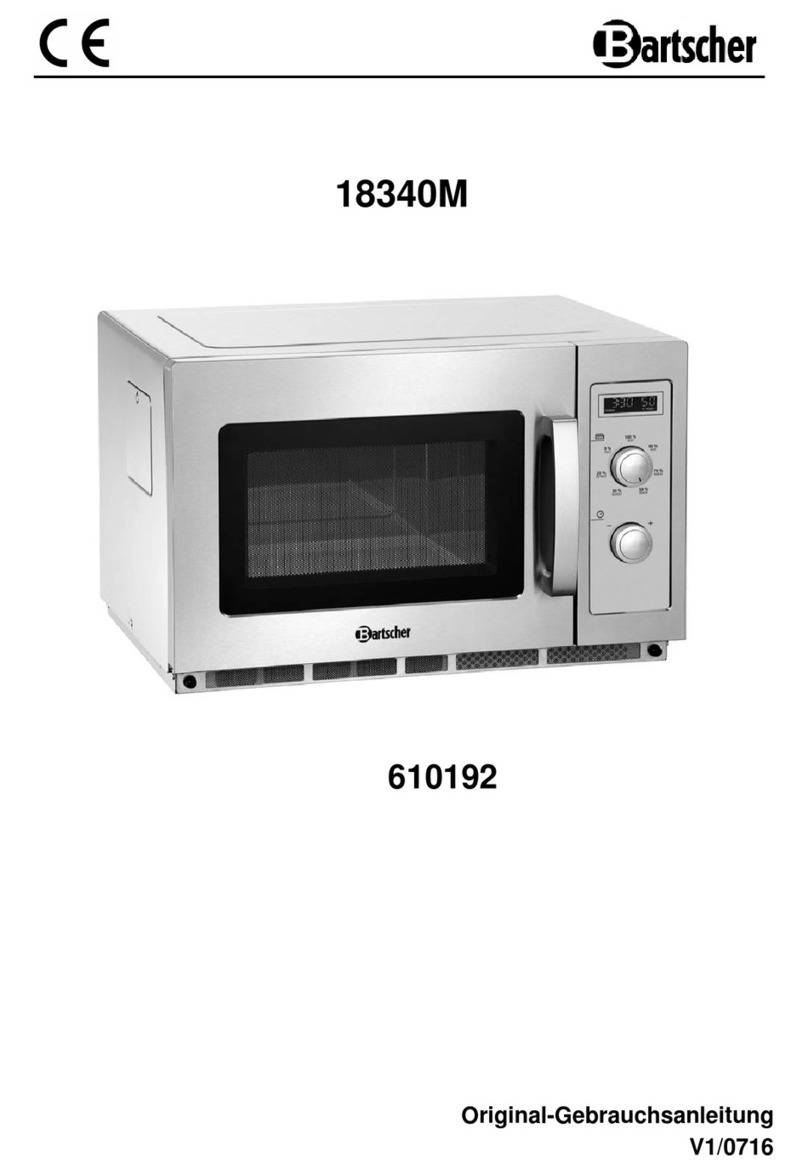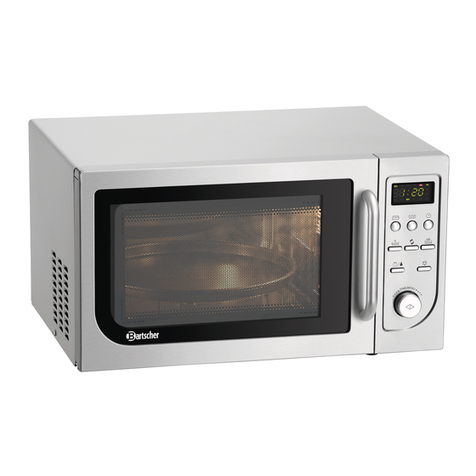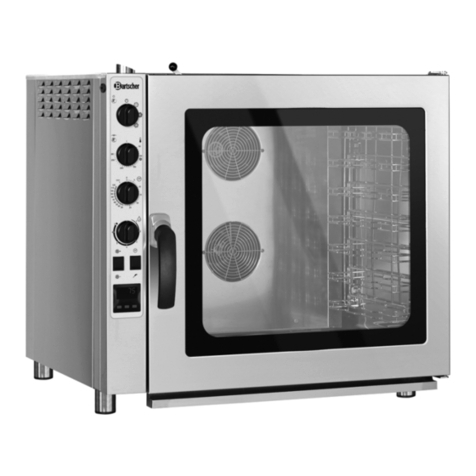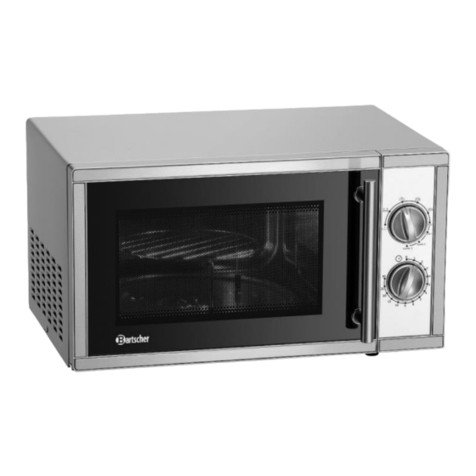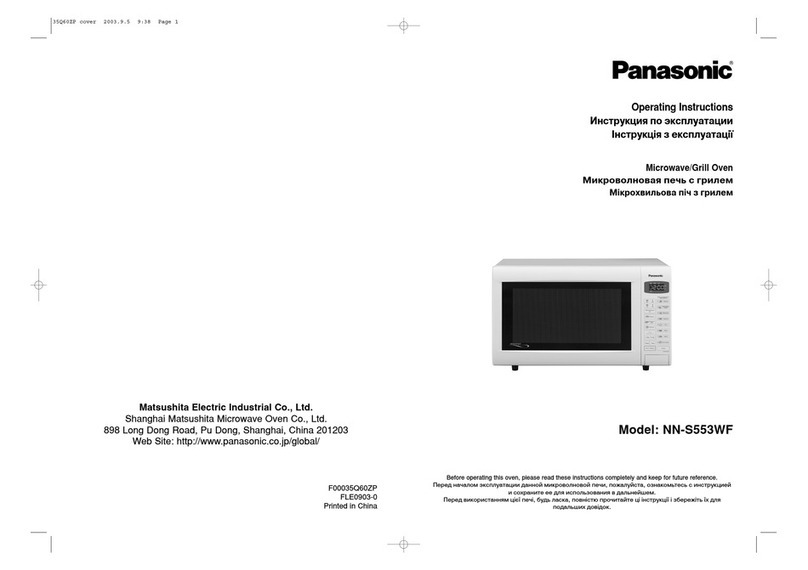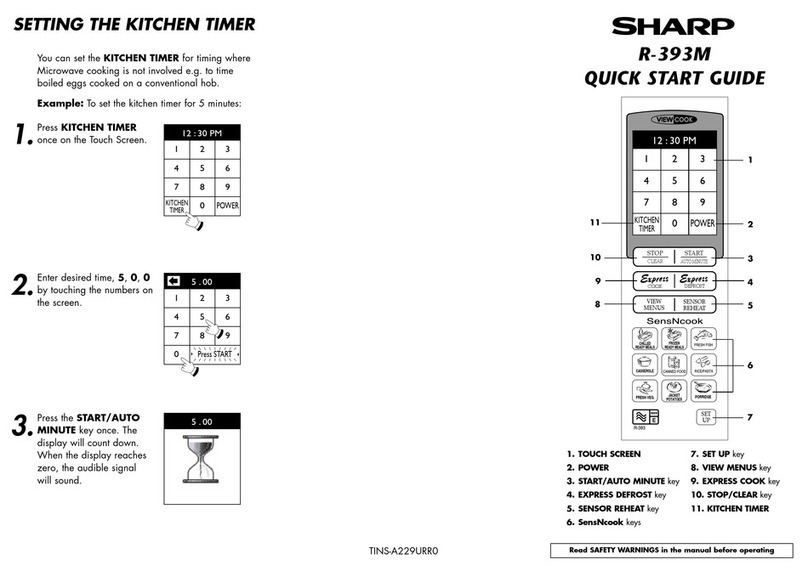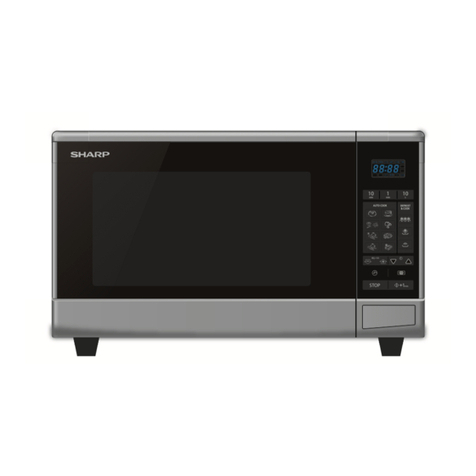- 25 -
1.3 Liability and Warrantees
All the information and instructions in this manual take into account standard safety
regulations, current levels of technical engineering as well as the expertise and
experience we have developed over the years.
The instruction manual was translated with all due care and attention. However, we do
not accept liability for any translation errors. The German version of this instruction
manual is definitive.
If the delivery consists of a special model, the actual scope of delivery may differ from
the descriptions and illustrations in this manual. This is also the case for special orders
or when the device has been modified in line with new technology. If you have any
questions, you should contact the manufacturer.
NOTE!
Read the instruction manual carefully before using the device. The manufacturer
does not accept liability for any damage or malfunction resulting from not
following the instructions for use.
The instruction manual should be kept near the device, easily accessible for anyone
wishing to work with or using it. We reserve the right to make technical changes for
purposes of developing and improving the useful properties.
1.4 Copyright protection
The instruction manual including any texts, drawings, images or other illustrations is
copyright. No part of this publication may be reproduced, transmitted or used in any form
or by any means without permission in writing from the manufacturer. Any person who
commits any unauthorized act in relation to this publication shall be liable to claims for
damages. All rights reserved.
NOTE!
The contents, texts, drawings, pictures and any other illustrations are copyright
and subject to other protection rights. Any person unlawfully using this
publication is liable to criminal prosecution.
1.5 Declaration of conformity
The device complies with the current standards and directives of the EU.
We certify this in the EC declaration of conformity.
If required we will be glad to send you the according declaration of conformity.
